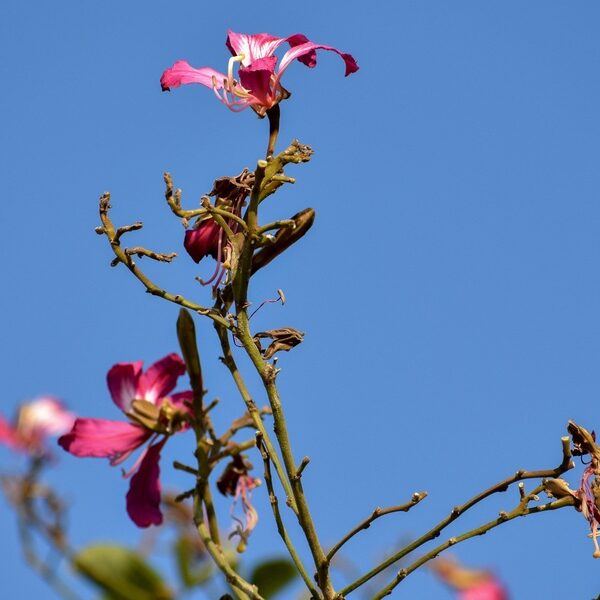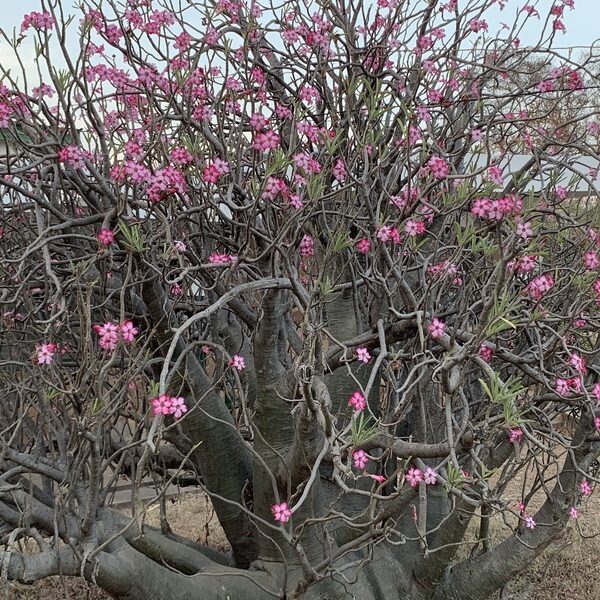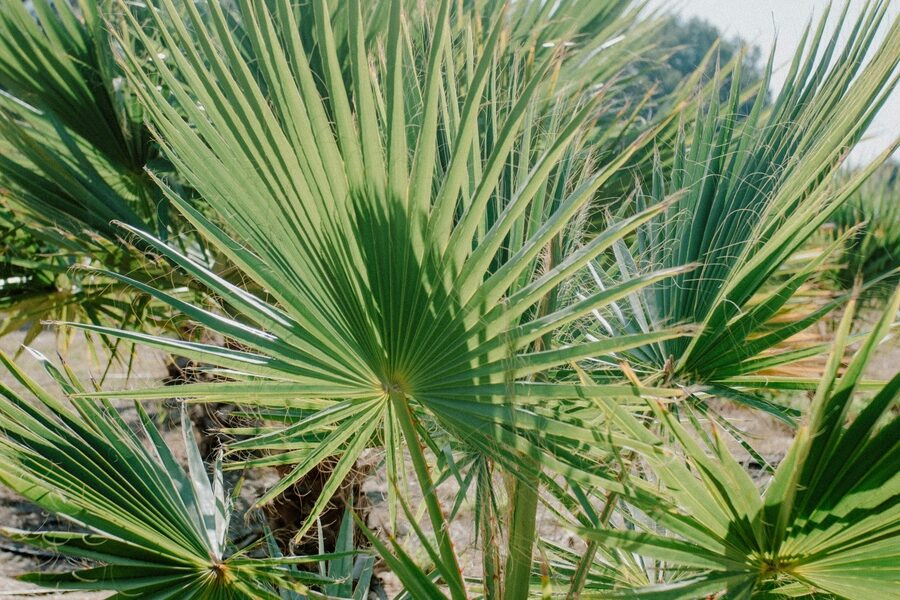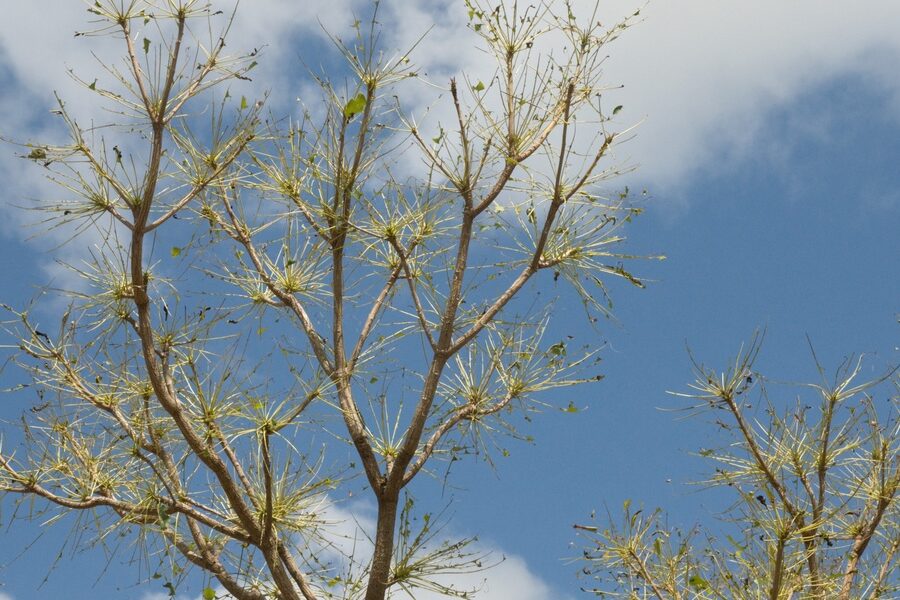Belize’s landscapes — from lowland rainforest and riverine corridors to karst hills and coastal mangroves — support a rich mix of native trees that shape wildlife habitat and local uses. Walking a trail in the Maya Mountains or watching the shoreline reveals very different tree communities and seasonal fruiting patterns.
There are 56 Trees of Belize, ranging from Andiroba to Yellow mombin (hog plum). For each entry I list Scientific name,Family,Belize range & habitat so you can quickly scan taxonomy and where each species occurs; you’ll find below.
How can I tell Andiroba from Yellow mombin (hog plum) in the field?
Andiroba (Carapa spp.) is typically a larger wet-forest tree with pinnate leaves, compound leaflets, and woody capsules with oily seeds that smell distinctive when crushed; it prefers riparian and humid forests. Yellow mombin (Spondias mombin) is usually smaller, often in drier patches or disturbed areas, with pinnate leaves and conspicuous yellow edible fruits that attract birds and mammals — fruit presence and habitat are the quickest field cues.
Can I use this list to plan where to see these species in Belize?
Yes — the Belize range & habitat column highlights likely ecosystems and regions for each species, so you can target reserves or community forests known for those habitats; bring a local field guide or guide and visit in fruiting or flowering seasons for easier ID, and respect protected-area rules.
Trees of Belize
| Common name | Scientific name | Family | Belize range & habitat |
|---|---|---|---|
| Honduras mahogany | Swietenia macrophylla | Meliaceae | Lowland rainforest, Maya Mountains |
| Spanish cedar | Cedrela odorata | Meliaceae | Widespread lowland forests and disturbed areas |
| Caribbean pine | Pinus caribaea | Pinaceae | Northern savannas and northern Belize highlands |
| Coconut | Cocos nucifera | Arecaceae | Coastal beaches and cayes |
| Kapok (Ceiba) | Ceiba pentandra | Malvaceae | Lowland and seasonally flooded forests |
| Chechem (poisonwood) | Metopium brownei | Anacardiaceae | Dry forests, rocky hills and coastal scrub |
| Gumbo-limbo | Bursera simaruba | Burseraceae | Coastal, dry forests and secondary growth |
| Ramon (breadnut) | Brosimum alicastrum | Moraceae | Riverine and lowland forests |
| Red mangrove | Rhizophora mangle | Rhizophoraceae | Coastal shorelines and estuaries |
| Black mangrove | Avicennia germinans | Avicenniaceae | Upper intertidal zones, lagoons and estuaries |
| White mangrove | Laguncularia racemosa | Combretaceae | High intertidal zones and mangrove transition |
| Sea grape | Coccoloba uvifera | Polygonaceae | Coastal dunes and beaches |
| Logwood | Haematoxylum campechianum | Fabaceae | Coastal and cay woodlands |
| Nance | Byrsonima crassifolia | Malpighiaceae | Dry forests and coastal areas |
| Trumpet tree | Cecropia peltata | Urticaceae | Disturbed sites, forest edges, riverbanks |
| Silver thatch palm | Thrinax radiata | Arecaceae | Coastal strands, cayes and littoral forests |
| Royal poinciana (Flamboyant) | Delonix regia | Fabaceae | Urban plantings and gardens, naturalized |
| Wild fig | Ficus insipida | Moraceae | Riverbanks, lowland forests and disturbed areas |
| Guanacaste (elephant-ear tree) | Enterolobium cyclocarpum | Fabaceae | Open gallery forests and savannas |
| Rain tree | Samanea saman | Fabaceae | Roadsides, pastures and disturbed lands |
| Buttonwood | Conocarpus erectus | Combretaceae | Coastal scrub, mangrove edges and lagoons |
| Bullet tree | Bucida buceras | Combretaceae | Lowland forests, river edges, urban areas |
| Tamarind | Tamarindus indica | Fabaceae | Cultivated, along roads and farms, naturalized |
| Balsa | Ochroma pyramidale | Malvaceae | Secondary forests and disturbed areas |
| Honduras rosewood | Dalbergia stevensonii | Fabaceae | Riverine and lowland rainforest pockets |
| Pink poui | Handroanthus impetiginosus | Bignoniaceae | Disturbed forests and dry slopes, planted |
| Sapodilla | Manilkara zapota | Sapotaceae | Lowland to coastal gardens and forests |
| Pond apple | Annona glabra | Annonaceae | Swamps, freshwater lagoons, mangrove edges |
| Calabash | Crescentia cujete | Bignoniaceae | Riverbanks, open woodlands and villages |
| Mamey sapote | Pouteria sapota | Sapotaceae | Cultivated and naturalized in gardens and farm edges |
| West Indian locust | Hymenaea courbaril | Fabaceae | Lowland forests and riverbanks |
| Panama rubber | Castilla elastica | Moraceae | Lowland wet forests and riverbanks |
| Live oak | Quercus oleoides | Fagaceae | Maya Mountains foothills and uplands |
| Manchineel | Hippomane mancinella | Euphorbiaceae | Coastal sandy soils and cay fringes |
| Common guava | Psidium guajava | Myrtaceae | Roadsides, secondary growth and gardens |
| Black sapote | Diospyros digyna | Ebenaceae | Cultivated and naturalized in lowland gardens |
| Maya nut (Ramon) | Brosimum alicastrum | Moraceae | Riverine and moist lowland forests |
| Terminalia (tropical almond) | Terminalia amazonia | Combretaceae | Lowland to submontane forests |
| Tropical almond | Terminalia catappa | Combretaceae | Coastal areas and disturbed sites |
| Mango | Mangifera indica | Anacardiaceae | Cultivated, gardens, farm edges and naturalized |
| Jackfruit | Artocarpus heterophyllus | Moraceae | Cultivated gardens and farm edges |
| Yellow mombin (hog plum) | Spondias mombin | Anacardiaceae | Open forests and disturbed sites |
| Stopper (Eugenia) | Eugenia axillaris | Myrtaceae | Coastal hammocks and dry forests |
| Ice-cream bean | Inga edulis | Fabaceae | Roadsides, farms and secondary forest |
| Rose apple | Syzygium jambos | Myrtaceae | Cultivated gardens and disturbed areas |
| Avocado | Persea americana | Lauraceae | Gardens, farm edges and lowland forests |
| Sea hibiscus | Hibiscus tiliaceus | Malvaceae | Coastal fringes, dunes and riverbanks |
| Andiroba | Carapa guianensis | Meliaceae | Moist lowland and riparian forests |
| West Indian mahogany | Swietenia mahagoni | Meliaceae | Coastal cayes and lowland forests (sparsely) |
| Conkerberry (Sapotaceae) | Chrysophyllum cainito | Sapotaceae | Cultivated and naturalized in gardens |
| Black olive (bullet tree common name) | Bucida buceras | Combretaceae | Lowland and coastal forests, urban plantings |
| Corkwood | Nectandra spp. | Lauraceae | Lowland to foothill forests |
| Satinwood | Zanthoxylum spp. | Rutaceae | Dry to moist forests and limestone areas |
| Wild tamarind | Lysiloma latisiliquum | Fabaceae | Dry limestone hills and coastal plains |
| Palo de sebo | Sideroxylon spp. | Sapotaceae | Dry limestone scrub and semi-evergreen forests |
| Hog plum (Spondias purpurea) | Spondias purpurea | Anacardiaceae | Cultivated, secondary growth and pastures |
Images and Descriptions
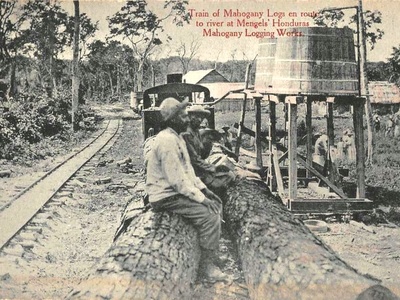
Honduras mahogany
Large canopy tree to 40–60 m with pinnate leaves, flaky bark and valuable reddish timber. Look for high emergent crowns in primary forest; historically logged for furniture and mahogany trade.

Spanish cedar
Medium to large tree with pinnate leaves and aromatic cedar-scented wood. Often planted; bark peels in strips and wood used for cabinetry and cigar boxes; found along forest edges and secondary growth.
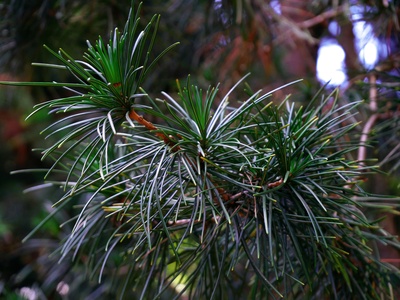
Caribbean pine
Resinous evergreen reaching 15–30 m, with long needles in bundles and papery bark. Dominates pine savannas and sandy soils, adapted to fire; cones and needle clusters are key ID features.
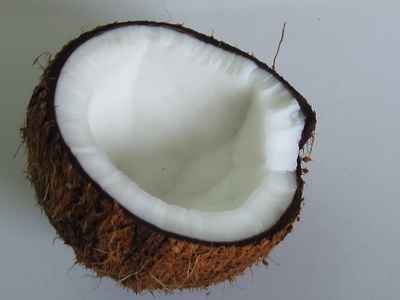
Coconut
Iconic palm with tall, slender trunks and large pinnate fronds, up to 30 m. Produces coconuts used for food, drink and fiber; common on sandy shores and near settlements.
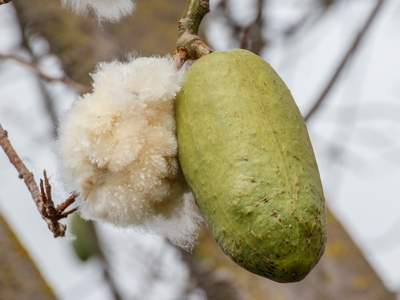
Kapok (Ceiba)
Massive emergent with buttressed trunk and palmate leaves; showy white-pink flowers and cottony seed floss. Important cultural symbol and wildlife tree for bats and birds.

Chechem (poisonwood)
Small to medium tree with gray-black flaky bark, irritating sap causes contact dermatitis. Compound leaves and hard wood; common in dry, limestone areas and coastal thickets.

Gumbo-limbo
Recognizable by peeling red-brown bark and twisted branches, 10–30 m tall. Resinous wood; tolerant of poor soils and often a pioneer species in disturbed areas.

Ramon (breadnut)
Large shade tree with dense crown and round fruit eaten by wildlife and historically by Maya. Smooth gray bark and milky sap; produces edible seeds used as a staple food.
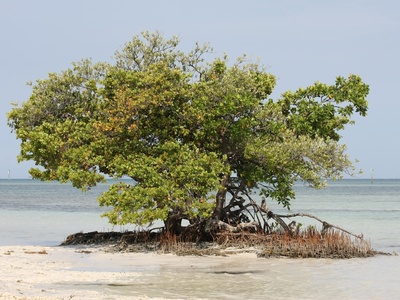
Red mangrove
Distinctive prop roots from trunk and stilt-like growth; salt-tolerant with glossy leaves. Forms dense fringes protecting shorelines, identifiable at low tide by arching aerial roots.
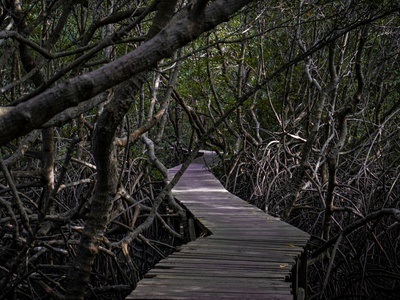
Black mangrove
Dark, buttressed roots often with pneumatophores; opposite leathery leaves sometimes with salt crystals. Grows behind red mangroves on mud flats and tolerates brackish water.
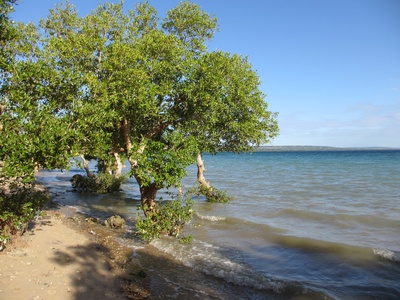
White mangrove
Shrubby to small tree with rounded leaves and peg roots; found inland of other mangrove species. Leaves often with two glands at the base; common in mangrove forests.

Sea grape
Low-branching tree with large round leaves and clustered edible grape-like fruits. Salt-tolerant, wind-shaped crowns and thick leathery foliage common along beaches and dunes.

Logwood
Small to medium tree with rough bark and dark heartwood historically used for dye. Compound leaves and pea-like flowers; often found in low coastal forests and swampy edges.
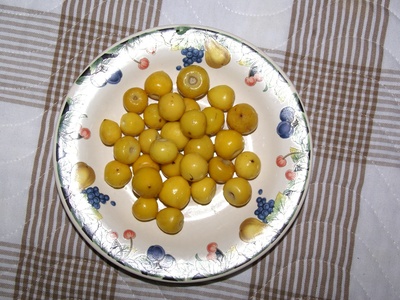
Nance
Small tree producing yellow edible fruits; rough bark and narrow leaves. Common in savannas and seasonally dry sites; fruits attract birds and are used for preserves.

Trumpet tree
Fast-growing pioneer with large palmate leaves and hollow stems often inhabited by ants. Light wood, umbrella-shaped crown, common along roadsides and gaps in the forest.

Silver thatch palm
Slender palm with fan-shaped fronds and silvery undersides used for traditional thatching. Forms clumps on sandy soils near the shore; height usually under 10 m.
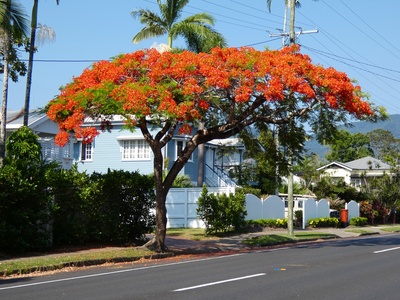
Royal poinciana (Flamboyant)
Broad, flat-crowned tree with fern-like leaves and brilliant red-orange flowers in dry season. Often planted as shade or ornamental, recognizable from showy bloom displays.

Wild fig
Large fig with smooth bark and buttresses; produces figs that feed many bird and mammal species. Often a strangler or emergent tree with spreading crown in riverine forest.

Guanacaste (elephant-ear tree)
Large, wide-crowned tree with compound leaves and distinctive coiled, ear-shaped pods. Provides heavy shade; commonly found along rivers and in seasonally dry lowlands.
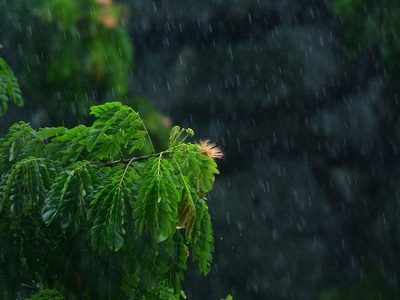
Rain tree
Huge spreading crown with bipinnate leaves folding at night, producing flat pods. Introduced species widely planted for shade; recognizable by umbrella-like silhouette and lingering pods.
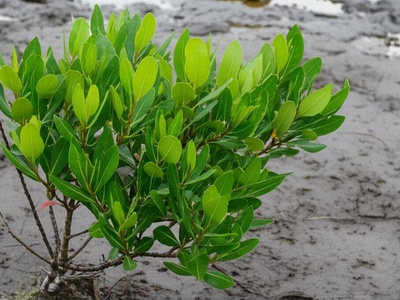
Buttonwood
Small tree with narrow leaves and rough bark; tolerates brackish water and saline soils. Often forms clumps at mangrove margins and on salty flats.
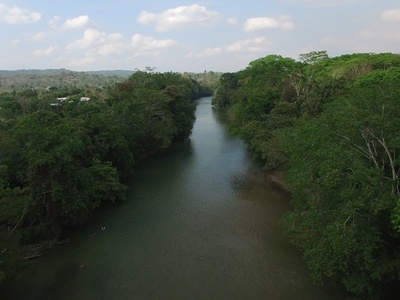
Bullet tree
Medium tree with rough, flaking bark and small simple leaves. Durable wood and dense crown; common in riparian zones and used as a street or shade tree.

Tamarind
Large fruiting tree with pinnate leaves and hard pods containing tangy pulp. Used for culinary and medicinal purposes; often planted in villages and farmyards across Belize.

Balsa
Fast-growing, light-wood tree with big heart-shaped leaves and spongy wood. Often a pioneer species in clearings; easily recognized by soft trunk and large pale flowers.
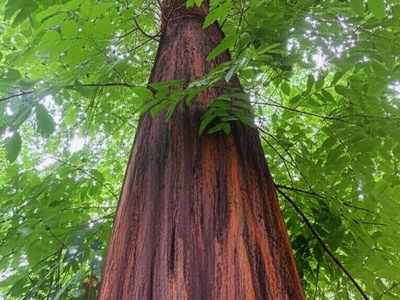
Honduras rosewood
Valuable hardwood tree with compound leaves, dense dark timber prized for furniture and instruments. Restricted distribution in Belize; look for along rivers and seasonally flooded forests.

Pink poui
Deciduous tree with showy pink tubular flowers and rough bark. Commonly planted as an ornamental; stands out in dry season when bare branches erupt with blooms.
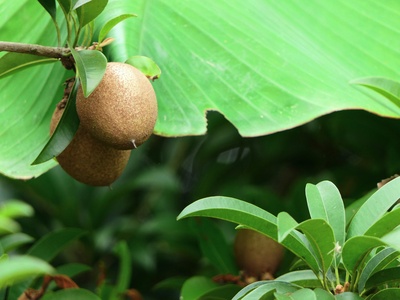
Sapodilla
Evergreen tree producing brown, granular fruit with sweet flesh; hard, dense wood and latex (chicle). Leaves glossy and simple; commonly cultivated and naturalized near settlements.
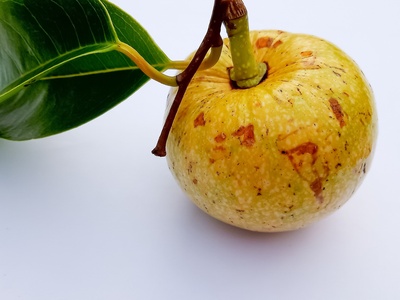
Pond apple
Small to medium wetland tree with warty fruit and large elliptical leaves. Grows in standing or brackish water; fruits attract wildlife but are bitter for humans.

Calabash
Small tree with large globose fruits used as bowls and instruments. Thick trunk, glossy leaves and clusters of bell-shaped flowers; common near human settlements and watercourses.
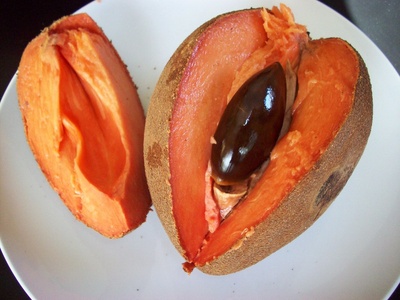
Mamey sapote
Large evergreen tree producing large orange-fleshed fruit, sweet and creamy. Glossy leaves, rough bark and latexy sap; widely grown for fruit rather than wild stands.

West Indian locust
Large tree with thick trunk, fragrant resin and hard timber; produces durable pods with edible pulp. Compound leaves and dense canopy; often found in moist forest sites.

Panama rubber
Medium tree historically used for rubber extraction, with smooth gray bark and milky sap. Fast-growing pioneer often found in secondary forest and riparian zones.
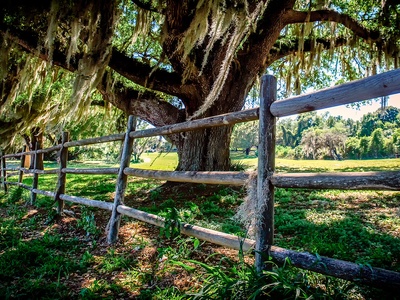
Live oak
Evergreen oak with leathery leaves and stout branches forming dense canopy. Found on limestone slopes and higher sites; acorns feed wildlife and wood used locally.
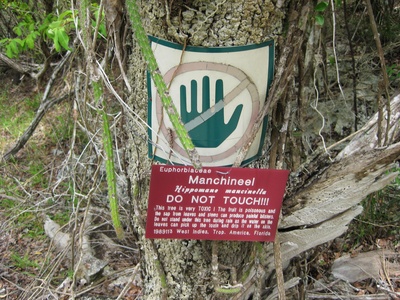
Manchineel
Extremely toxic small tree with glossy leaves and greenish fruit; sap causes severe skin blisters. Often marked or avoided; grows on beaches and low coastal areas.
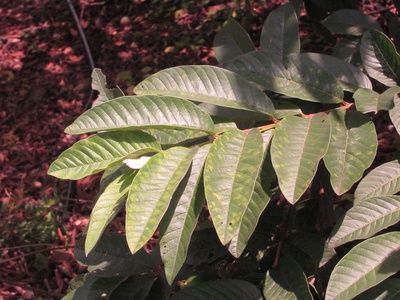
Common guava
Small to medium tree bearing aromatic fruits; flaky bark and opposite leaves with strong scent when crushed. Widely planted and naturalized, fruits eaten raw or made into jams.
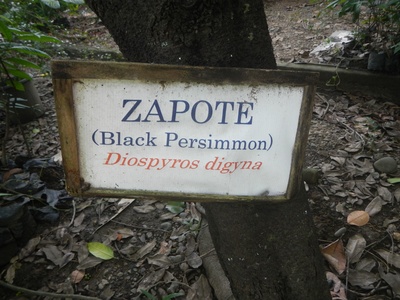
Black sapote
Evergreen fruit tree producing dark, custard-like edible fruit; glossy leaves and smooth bark. Popular in home gardens; harvestable fruits used in desserts.
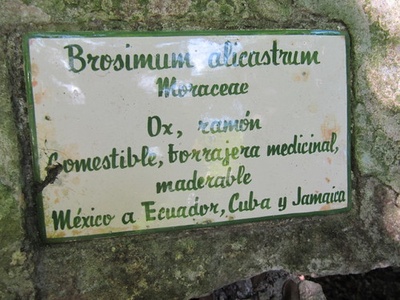
Maya nut (Ramon)
See earlier Ramon entry—large tree producing nutritious seeds historically important in Maya diet; dense crown and smooth bark make it a notable forest tree.

Terminalia (tropical almond)
Straight-trunked canopy tree with exfoliating bark and winged fruits. Common in moist forests; used for timber and reforestation, with broad crowns in mature stands.

Tropical almond
Broad, spreading tree with horizontal branching and large seasonal leaves; edible almond-like seeds within drupes. Commonly planted along streets and beaches for shade.

Mango
Large evergreen fruit tree with pinnate leaves and sweet fruits widely grown across Belize. Dense canopy and resinous bark; often naturalized near homesteads and farms.

Jackfruit
Massive fruiting tree producing huge syncarp fruits with fragrant sweet flesh. Glossy leaves and thick trunk; commonly planted for fruit in rural yards and orchards.
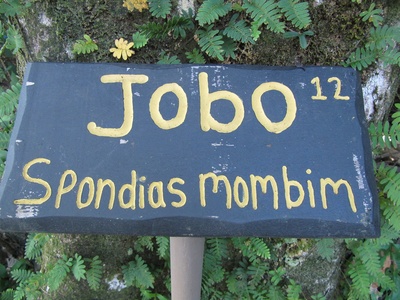
Yellow mombin (hog plum)
Medium tree with pinnate leaves and bright yellow sour fruits eaten fresh or made into beverages. Attracts birds and mammals; common in secondary growth and pastures.

Stopper (Eugenia)
Small evergreen tree with opposite glossy leaves and fragrant white flowers. Often used as a hedge or coastal shrub-tree; tolerant of saline winds and sandy soils.

Ice-cream bean
Shade tree with long pendulous pods filled with sweet cottony pulp; bipinnate leaves and pinnate leaflets. Common in agroforestry and homesteads for shade and edible pulp.
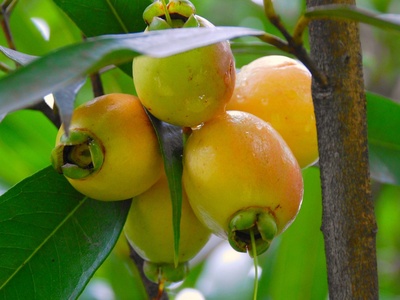
Rose apple
Medium tree producing aromatic apple-like yellow or pink fruits. Glossy opposite leaves and clusters of small flowers; commonly planted and sometimes naturalized near settlements.
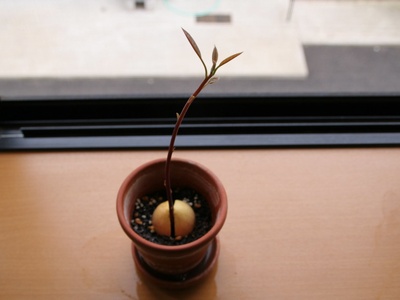
Avocado
Evergreen tree with leathery leaves and large fleshy fruits. Grown widely for food; variable tree size with elliptical leaves and green to black-skinned fruit depending on variety.
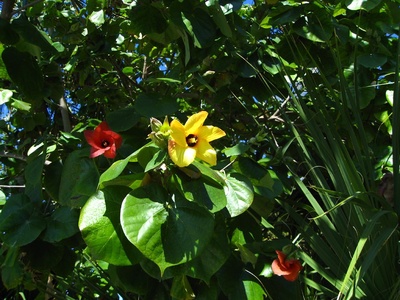
Sea hibiscus
Small to medium tree with heart-shaped leaves and yellow hibiscus flowers that turn red. Tolerant of salt spray and sandy soils; often used in coastal windbreaks and hedges.

Andiroba
Large emergent producing winged seeds and bitter-smelling oil used medicinally. Compound leaves and heavy timber characterize it; typically found in wet forest and riverine habitats.

West Indian mahogany
Smaller relative of Honduras mahogany with pinnate leaves and valuable timber. Historically important and now reduced in range; occurs in remnant coastal and littoral forests.
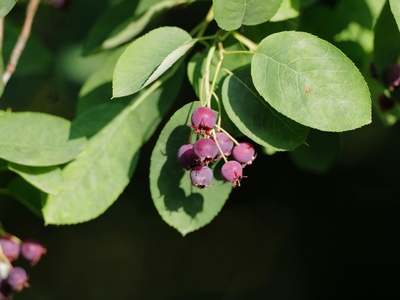
Conkerberry (Sapotaceae)
Evergreen fruit tree with round purple edible fruits and dense glossy foliage. Often grown near homes; trunk and latex characteristic of sapote relatives.
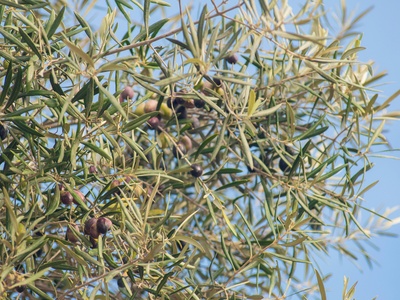
Black olive (bullet tree common name)
Dense-crowned tree with small leaves and distinctive seed pods; tolerates wind and salt. Commonly used as street tree and in coastal plantings.
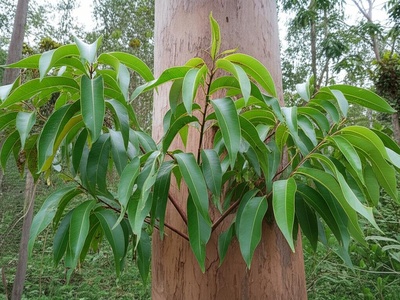
Corkwood
Medium to large aromatic laurel with simple leaves and smooth bark; used locally for timber and firewood. Occurs in shaded understory to canopy positions in mesic forests.
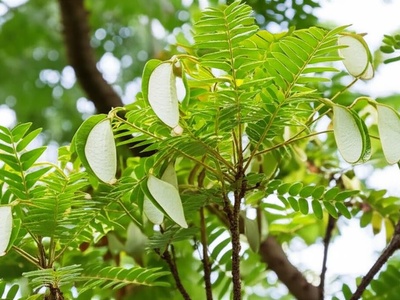
Satinwood
Spiny or aromatic trees with pinnate leaves; some species have medicinal uses and distinctive winged seeds. Found across varied sites from dry slopes to wetter forests.
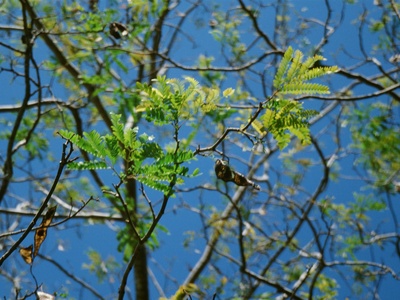
Wild tamarind
Hardy tree with bipinnate leaves and flat pods; pale bark and spreading crown. Tolerant of drought and common in seasonally dry sites and coastal scrub.

Palo de sebo
Slow-growing evergreen with tough, leathery leaves and hard wood. Produces small fruits eaten by wildlife; often found in drier, rocky habitats and forest edges.
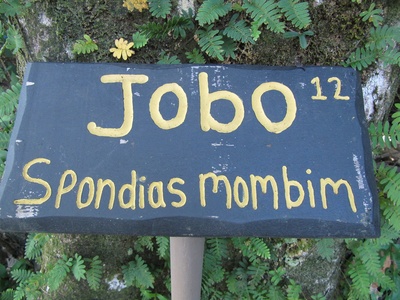
Hog plum (Spondias purpurea)
Small, thorny tree with bright red or yellow fruits (jocote) popular as snacks. Adapted to dry conditions and commonly found in human-disturbed landscapes.

